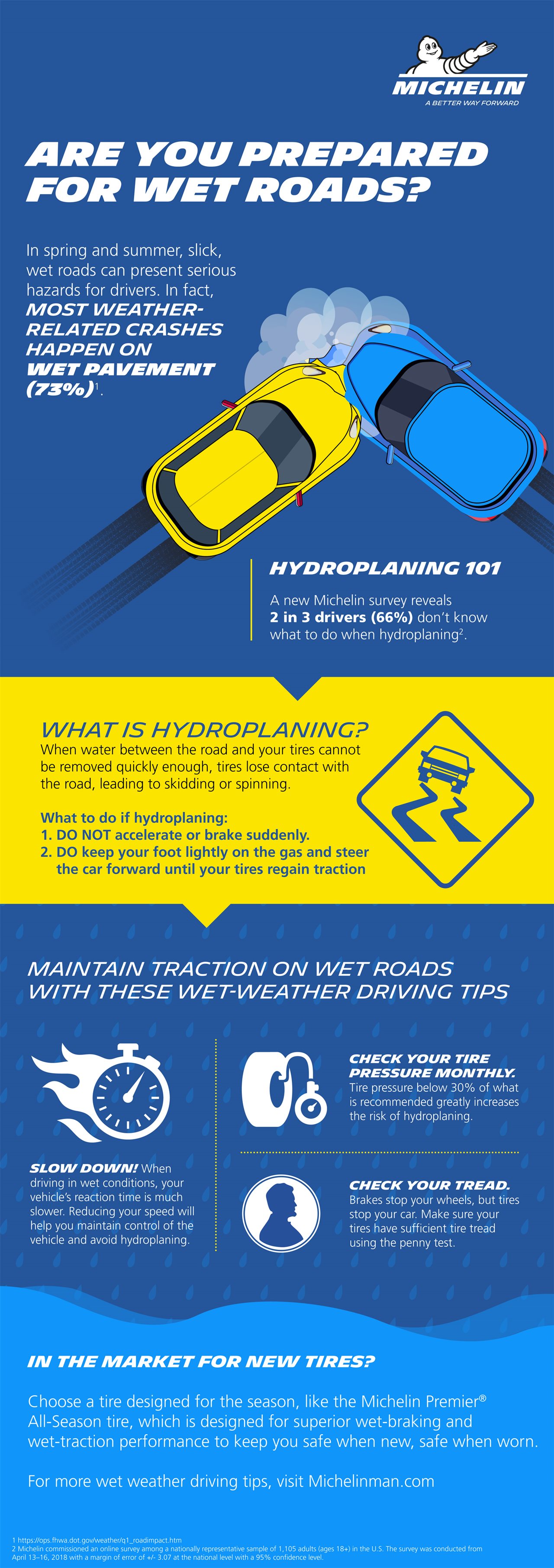2018-06-13T10:01:00
(BPT) – The rapid pace of change in jobs means the era of one-and-done learning is over. It no longer matters what you learned in the past — to stay relevant you need to upskill. So if you want to improve your marketability and get ahead in your career, it’s time to think about the valuable skills that could open the door to new opportunities. The good news is with tools and online courses on platforms like LinkedIn Learning, you can explore and develop critical skills and interests — right at your fingertips anytime, anywhere.
“Experience never gets old, but your skills can,” says Marci Alboher, author of The Encore Career Handbook and upcoming LinkedIn Learning instructor. “Re-skilling throughout your career will position you to ensure you’re finding meaning in your work, growing in your profession and making an impact along the way.”
Here are three tips for kick-starting your learning efforts.
1. Find the time!
The #1 career goal for professionals in 2018 is to learn a new skill — but not everyone knows where to fit learning into their daily lives. Here’s a tip: In today’s ever-connected digital world, we’re living in the era of bite-sized learning, where new skills can be honed in minutes on the subway, or while you’re eating breakfast.
Start by picking 5- to 10-minute windows in your daily routine — you don’t need to find hours, minutes are fine. For example, try skimming through courses on a Sunday night, and make a wish list of courses to view throughout the week, whenever it’s convenient for your busy life.
2. Make it a habit
They say a habit is formed in 21 days. Whenever you slot learning into your daily schedule, try to pick a time when you can make it routine — whether it’s on the bus during your morning commute, or in the 10 minutes after you brush your teeth at night. You’ll be growing in your skills before you know it. Fun fact: LinkedIn Learning also sets a reminder for you, so it’s one less thing you have to remember in your day.
3. Pick your skills
Today’s skills landscape is changing faster than ever — with new technologies and digital techniques emerging at every turn. Whether you want to advance your existing career or begin a new one, start by identifying a few key skills you’d like to hone. For example, people in every job can benefit from learning soft skills that teach you how to get things done or achieve your goals. Soft skills, such as communication and critical thinking, will give you a competitive advantage in the workplace, and you never know when you’ll uncover a new passion or side project along the way.
LinkedIn makes it easy to identify the skills you need by alerting you to the most in-demand skills for your job and industry, based on your LinkedIn profile, from project management to leadership.
One of the most important skills for keeping your passions alive is to learn how to be a lifelong learner. In any industry, in any phase of life, there are always new skills to be gained, and new knowledge to explore. Committing yourself to being someone with a constant appetite for learning will enrich you not only today, but throughout the course of your career.
To learn more about LinkedIn Learning and explore business, creative and technology skills to achieve your personal and professional goals, visit www.linkedin.com/learning.
















